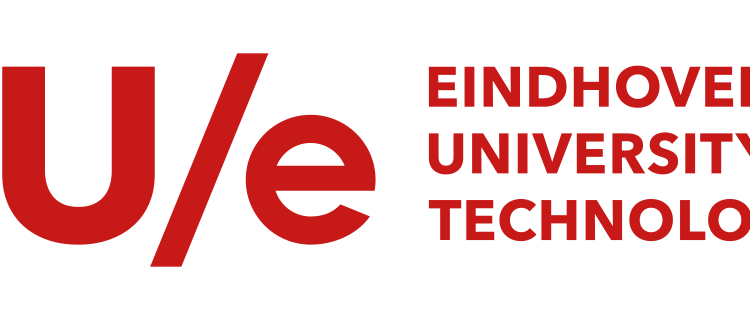Eindhoven University of Technology: Better understanding of plasmas for more efficient splitting of CO2
CO2 is one of the greenhouse gases that causes most of the global warming. CO2 can be captured from the air or from exhaust gases from industrial plants. In a plasma reactor a plasma is used to split CO2 into products such as CO molecules and O atoms.
These products can form the basis for new chemicals and fuels, such as methanol, which you can easily apply in today’s energy infrastructure. The CO2 released during combustion is then recaptured to create a carbon-neutral cycle.
But how exactly is a CO2 plasma created and how do you make it without using a lot of energy? “There is still very little known about that,” says Luca Vialetto. He obtained his doctorate cum laude on November 25 on the chemical and physical processes behind CO2 plasma in order to better understand the matter. This is especially important to make the process behind it more efficient, with less added energy, the researcher emphasizes.
To the core
To do this, the TU/e researcher first went back to basics. “I wanted to know what exactly happens to plasma in general. When you heat a gas, what reactions take place with other gases and materials? And what does that mean for CO2?”
Vialetto looked mainly at the transport and collisions of electrons with other atoms and molecules. For that, he created a code, starting from scratch. And he created his own algorithm, based on the Monte Carlo Flux method. This allows both accurate and fast simulations of electrons in a plasma or in a gas.
“This is important because electron collisions happen on very short time scales, and are thus the bottleneck of plasma simulations. I have developed these fast computer algorithms and accurate physical models to describe the main physical and chemical processes involved in CO2 plasmas.”
To obtain these intricate calculations, the researcher had a lot to gain from the lessons he taught younger students. “By explaining to them in a very simple, basic way how physics and chemical processes work, I was able to get to the heart of the CO2 plasma myself. That opened my eyes,” says the PhD student enthusiastically.
Green technology
Through his computer modeling, Vialetto now better understands how the whole process works and when exactly the molecules split into plasma and other fuels. “This allows us to run the process more efficiently and with less energy,” he says. “Green technology is becoming increasingly important in the future, and it’s really nice that I’ve been able to contribute to that with my research.”

